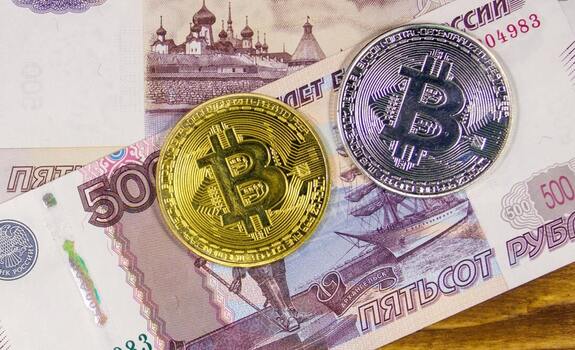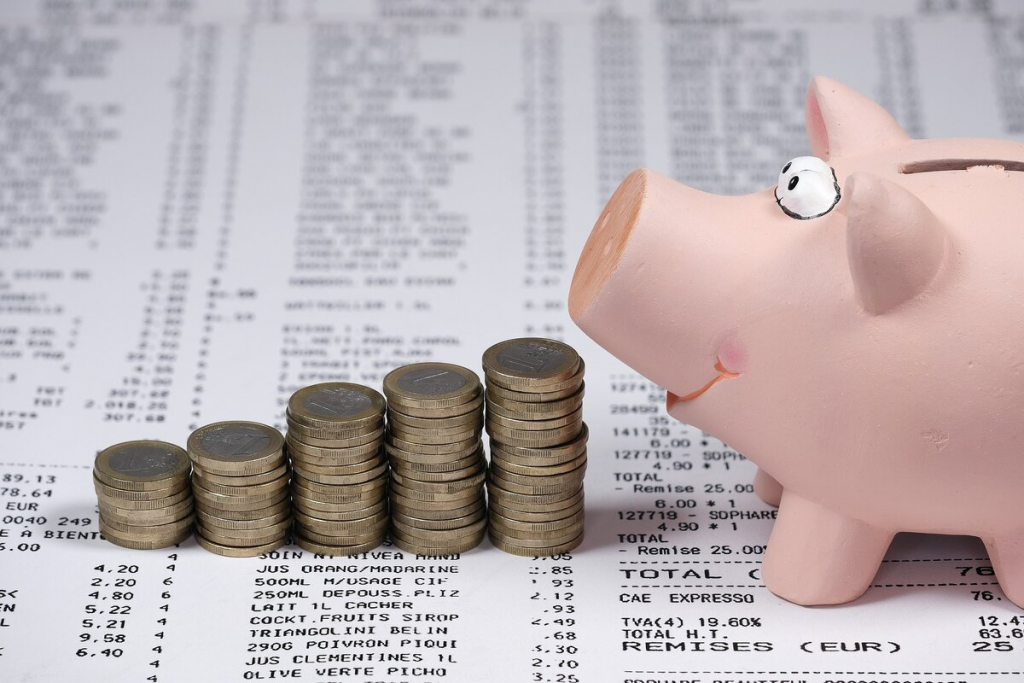Passive Investment vs Active Investment: Which Approach Should a Beginner Choose?
The investment journey often resembles a labyrinth of terms, figures, and conflicting advice. At the heart of the choice are two opposing approaches: passive investing, where the key to success is "buy and hold," and active investing, which requires constant analysis and decision-making. It is important for beginners to understand not only the basic mechanics but also their personal limitations: time, risk profile, and goals.
Definitions and Principles
What is Passive Investing?
The passive strategy mirrors the dynamics of the broad market through the purchase of index funds or ETFs that reflect the performance of specific indices: S&P 500, MSCI World, or local indices. The key principles include:
- Diversification of risks through a broad basket of securities.
- Low fees (TER 0.03–0.3% per annum).
- Minimal involvement — rebalancing 1-2 times a year.
- Transparency of portfolio structure and rebalancing rules.
Case Study: Ivan, a novice investor from Moscow, invested $1,000 in an ETF tracking the S&P 500 at the beginning of 2020 and, despite the March correction, achieved a return of +45% after three years, thanks to passive holding and reinvesting dividends.
What is Active Investing?
Active investing involves selecting individual securities or strategies with the aim of outperforming the market. The investor or manager analyses fundamental and technical indicators, monitors macroeconomic events, and regularly adjusts the portfolio:
- Fundamental analysis: P/E ratios, dividend yield, debt burden.
- Technical analysis: charts, trend indicators.
- Alpha returns: the aim to beat the market.
- Higher costs due to fees and taxes.
Case Study: Maria from London allocated 5% of her portfolio to biotech startup stocks and achieved a growth of +30% over the year. However, drawdowns of up to -20% on days of bad news and high fees forced her to reassess her risk management.
Tools for Passive Investing
Index Funds and ETFs
ETFs (Exchange-Traded Funds) and index mutual funds trade like stocks, providing:
- High liquidity — transactions during trading sessions.
- Access to global markets — the US, Europe, emerging economies.
- Low fees — TER 0.03–0.25% per annum.
Examples of ETFs include:
- Vanguard S&P 500 ETF (VOO): TER 0.03%.
- iShares Core MSCI World (IWDA): TER 0.20%.
- Tinkoff Index of the Moscow Exchange: TER 0.15%.
Minimum Entry Amount
The price of an ETF share ranges from $50 to $300. On the Moscow Exchange, some ETFs are available in lots of 10 shares (approximately $200 and above).
Dividend Reinvestment
A DRIP (Dividend Reinvestment Plan) allows for the automatic reinvestment of dividends, enhancing the effect of compound interest. Many brokers offer this service without a fee.
Scenarios for Using a Passive Approach
A beginner may allocate 70% of capital to ETFs replicating global indices and 30% to funds in local markets. This combination ensures global diversification and allows for the assessment of the effectiveness of a passive strategy across different segments.
Historical Examples of Passive Models
The S&P 500 index showed an average annual growth of about 10% over the period from 1980 to 2020. During the 2008 crisis, the decline was approximately 37%; however, by 2013, the index had returned to previous levels, and the subsequent pandemic in 2020 demonstrated a sharp but brief decline, followed by strong recovery growth.
Tools for Active Management
Actively Managed Funds
Mutual funds and investment funds managed by professionals offer:
- Flexible changes in asset structure based on market conditions.
- Potential for alpha returns based on the manager’s successful decisions.
- High fees — TER 0.5–2% and performance fees of 10–20%.
- Low transparency and dependence on the manager’s qualifications.
Robo-Advisors
Automated platforms (Wealthfront, Betterment, Scalable Capital, Tinkoff Investments) use algorithms for portfolio management:
- A questionnaire to determine the investor’s risk profile.
- Assembly of a diversified portfolio from ETFs.
- Regular rebalancing — quarterly or semi-annually.
- Low fees — 0.25–0.5% per annum.
- Convenient interface and educational materials within the application.
Case Study: Alexey from Saint Petersburg used the services of a robo-advisor, invested $2,000, and achieved +12% in the first year with minimal involvement and no emotional stress.
Real Stories of Failures in Active Strategies
Example: largest mutual fund XYZ Capital showed an average annual return of +6% over the period from 2010 to 2020, while the comparable S&P 500 index provided +10%. The reason was high commissions and incorrect bets on the banking sector in 2015-2017, which led to the fund lagging behind by nearly 30%.
Fees, Costs, and Returns
Total Expense Ratio (TER)
The main parameter for comparing funds and ETFs:
- Passive funds: TER 0.03–0.3%.
- Active funds: TER 0.5–2% + success fee.
- Brokerage fees: from $0–5 per trade in the US, from 0 to 0.5% of the amount in Russia and the EU.
The Impact of Costs on Returns
A difference in TER of just 1% annually at an average return of 7% can lead to a 10% reduction in capital over 10 years. Thus, instead of $19,671, you would have approximately $17,659.
Hidden Costs
Besides TER and brokerage fees, there are also:
- The spread when buying/selling ETFs.
- Exchange fees for clearing and settlement of financial instruments.
- Taxes on dividends and capital gains.
Involvement Level and Psychology
Investor Time and Skills
- Passive investors: 1–2 hours per year — selecting a fund and checking the portfolio.
- Active investors: up to 5–10 hours per week — analysis, news monitoring, and trading.
Emotional Risks
Panic selling in active strategies can reduce returns by several percentage points. The passive approach helps to avoid "timing risk," but requires patience in the event of drawdowns.
Common Mistakes for Beginners
- Excessive trading and attempts to "time" the market.
- Deviating from strategy at the first drawdown.
- Ignoring costs when selecting funds.
- Insufficient attention to tax aspects.
Tax and Legal Aspects
Taxation of ETFs and Mutual Funds
- Russia: 13% personal income tax on dividends and capital gains.
- US/EU: dividends are taxed at 15–30% for non-residents, capital gains tax up to 20%.
International Analogues
ISA (UK): tax-free contributions up to £20,000 per year. Roth IRA (USA): "post-tax" contributions, with tax-free withdrawals after holding for 5+ years. These tools help to reduce tax burdens on long-term investments.
Comparisons and Recommendations for Beginners
Comparison Table
| Parameter | Passive | Active |
|---|---|---|
| Fees | 0.03–0.3% | 0.5–2% + success fee |
| Time | 1–2 hours/year | 5–10 hours/week |
| Emotional Risks | Low | High |
| Return Potential | Market (~7% per annum) | Above market if successful |
| Complexity | Low | High |
Step-by-Step Guide to Starting
- Define your goals and investment horizon.
- Assess your risk profile through an online calculator.
- Choose a broker with low fees and a user-friendly platform.
- Open an account and transfer funds for investment.
- Allocate capital: core — ETFs (60–80%), satellites — active tools (20–40%).
- Set up DRIP and automatic rebalancing.
- Maintain an investor journal and analyse results quarterly.
Tips for Combining Strategies ("Core & Satellite")
The core of the portfolio (Core): passive index funds on global markets. Satellites (Satellite): individual high-yield assets — growth stocks, AI sector, ESG funds, or thematic ETFs. This approach allows for balancing stability and growth.
Expert Predictions for 2026
- The artificial intelligence sector is expected to see investment growth of 15% per annum.
- Renewable energy is attracting new funds with returns of up to 10%.
- Geopolitical instability will increase demand for safe assets — gold and high-quality bonds.
Passive or active investing is not a choice of "either/or," but a continuum of strategies. A beginner should start with minimal fees, automation, and low involvement, and then, as their competency grows, explore active approaches while maintaining a hybrid portfolio for maximum returns with controlled risks.




